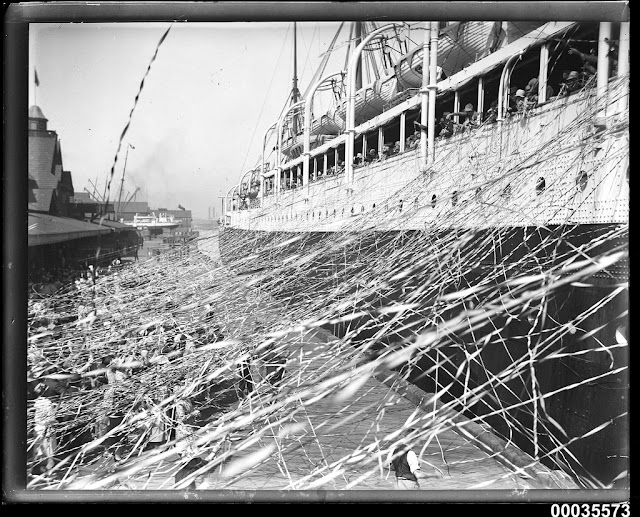Another holiday, another set of holiday postcards! These New Year's ones are especially great-- lots of embossing and metallic gold paint, really lovely (the rest of the set is here). As before I've given some of the writing on the back-- many just say "Happy New Years" and I haven't transcribed those, but I've done most of the ones with longer messages. I've also included the dates they were postal-stamped, when legible-- it's amusing how many were sent a bit late.
From the New York Public Library.
 |
| New York Public Library |
"Friend Messick, We acknowledge your kind greetings and heartily reciprocate. All at well at home and we trust same with you and yours. When are you coming to Washington to visit us. There is always welcome. Sincerely J [or F] Harrison." Mailed 1909. Source
 |
| New York Public Library |
"Going home tonight for good. Wishing you all a Happy New Year". Written December 1914 but posted Jan. 1915 Source
 |
| New York Public Library |
Posted 1908. Source

















.jpg)






























